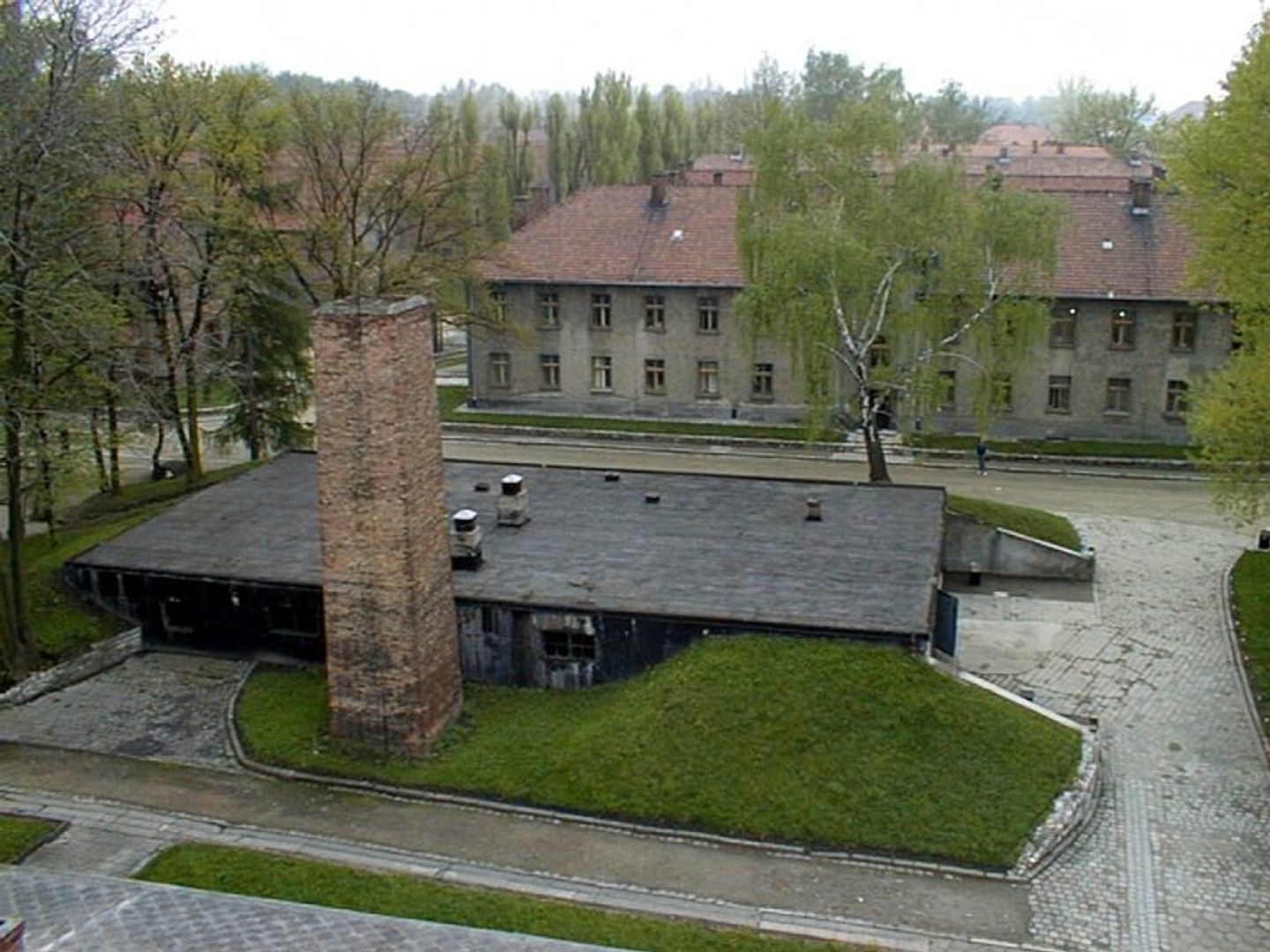Auschwitz-Birkenau
6.78

Overview
Auschwitz, a complex of German Nazi concentration and extermination camps, comprising KL Auschwitz I, KL Birkenau (Auschwitz II), and KL Monowitz (Auschwitz III), operated from 1940 to 1945 in Oświęcim and became a symbol of the Holocaust. The camp, which claimed the lives of approximately 1.1 million Jews, 140,000–150,000 Poles, 23,000 Roma, and many others, is now inscribed on the UNESCO World Heritage List. Architecturally, Auschwitz I consisted of brick buildings, while Birkenau was designed as a mass extermination camp with gas chambers and crematoria. The systematic expansion of the camp served not only as a place to imprison inmates but also as a factory of death. The history of Auschwitz is also linked to resistance movements—former prisoners organized mutual aid and documented crimes, and Witold Pilecki established the camp resistance organization ZOW. As a sort of "intimate house" for the SS, Block 24 was a place where female prisoners were exploited. After the war, the camp saw a measure of justice; Rudolf Höss, the first commandant, was tried and executed, and in 1947, the Auschwitz-Birkenau State Museum was established. Interestingly, the term "Polish camps" was often used in historical contexts, sparking controversy. The museum serves not only as a memorial but also as an educational center about the Holocaust, visited by millions of tourists annually. Its archives contain numerous source materials and documents that bear witness to the horrific crimes committed against people. Despite the difficult subject matter, Auschwitz remains an important place of reflection and learning for future generations.
Location
Tickets
2025 Wizytor | All Rights Reserved